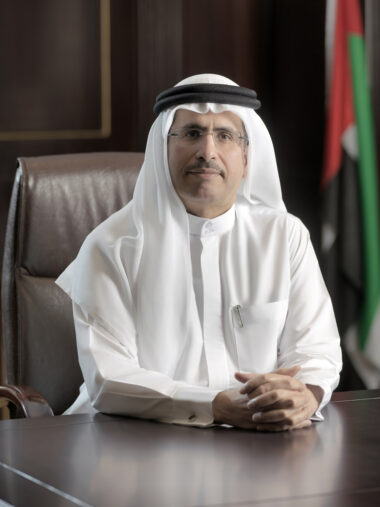Australia stands at the forefront of a remarkable opportunity to revolutionise the reduction of global carbon emissions and earn billions in export earnings, by using green hydrogen, to generate green steel, ammonia, cement, eFuels and mining explosives, according to leading global consultancy, Partners in Performance.
Partner Brian Innes believes Australia’s nascent green hydrogen industry should focus less on exporting the carbon-neutral fuel and concentrate more on using it in the local production of traditionally carbon-intensive products for export.
“The production of steel, shipping and aviation fuels, fertilisers, explosives and cement alone account for over a quarter of global greenhouse gas emissions,” Mr Innes said.
“Not only can we reduce our own emissions through renewable energy, we can also have a significant impact on the emissions of our trading partners through the local production and export of green steel, green fertilisers, green cement, eFuels and explosives.
“Substituting products produced overseas with Australian coal and LNG with locally manufactured products using locally-produced green hydrogen will massively reduce Australia’s upstream emissions.”
The global demand for these environmentally friendly products reaches into the trillions of dollars.
Critics often argue that Australia's efforts to reduce emissions are inconsequential due to the country's share of only 1.5 percent in global emissions.
“We are blessed with the land, sun and wind needed to make enough renewable energy to produce green hydrogen which can be used in the production of products that other countries are producing with large carbon footprints,” Mr Innes said.
“We can displace those producers and massively reduce emissions occurring in other countries.
“When I see a wind turbine, I see hope.
“Countries will no longer rely on Australian coal and LNG to manufacture steel, fertilisers, aviation and shipping gas and ammonia, significantly reducing their greenhouse gas emissions produced from burning Australian sourced coal or used in the production of steel from our iron ore.”
Steel production globally accounts for eight per cent of global greenhouse gas emissions. Australia’s share of iron ore exports is over 55 per cent and the country is also the world’s largest exporter of metallurgical coal, used in steel production.
“In essence, we have the potential to make a substantial impact on a quarter of global emissions through the provision of green iron, green ammonia, green eFuels, green mining explosives and green cement,” Mr Innes said.
But Mr Innes said it was up to regulators to implement pro-renewable rules to help drive local industries, like making it compulsory for all ships visiting Australia to use eFuels or setting quotas for the percentage of locally produced steel to be manufactured using green hydrogen.
“The production of green hydrogen is very capital intensive, so in order to develop at scale, we need regulators to help drive that,” Mr Innes said.
About 176 million tons of ammonia is currently produced globally per year, mostly for use as fertiliser. It is made using an energy-intensive century-old process that strips hydrogen from natural gas using steam, which produces CO2 as a by-product. The hydrogen is combined with nitrogen from the air at high pressure and temperatures of hundreds of degrees Celsius.
Green ammonia instead uses renewable energy to strip hydrogen from water, not natural gas, with no CO2 by-product. The rest of the process remains the same but is powered by renewable energy.
Markets for green ammonia are not limited to fertilisers, with liquid ammonia viewed as a potential liquid fuel for shipping, which is responsible for three per cent of global emissions.
Green hydrogen is incredibly versatile, including its role in producing eFuels for vehicles, trucks, and aircraft - which involves combining green hydrogen with recaptured carbon dioxide through synthesis, resulting in eFuel, often in methanol form. Methanol can directly power vehicles or be further refined, even transformed into gasoline through methanol-to-gasoline processes, serving as a substitute for petrol and diesel.
Another avenue for emission reduction lies in the cement sector. The incorporation of green hydrogen as a reducing agent in raw material blends can decrease clinker content, resulting in potential CO2 emission reductions of up to 50 percent.
“Australia keeps beating itself up about whether it can meet its emissions targets and yet it possesses the means to not only drive down global emissions but also generate substantial export earnings amounting to many billions of dollars,” Mr Innes said.
1Green steel is produced by using green hydrogen to strip the oxygen out of iron ore, creating a product called direct reduced green iron (green DRI). Green DRI is then fed into a renewable-powered electric-arc furnace to make steel with low to zero emissions.
About us:
About Partners in Performance
Partners in Performance is an agile, fast growing international management consultancy; a leading global player in driving operational excellence for complex organisations. By working as a true partner with clients, Partners in Performance enables lasting change in organisations, delivering both commercial impact and inspiring people to transform their behaviours. For more information visit pip.global.
Contact details:
Media enquiries:


